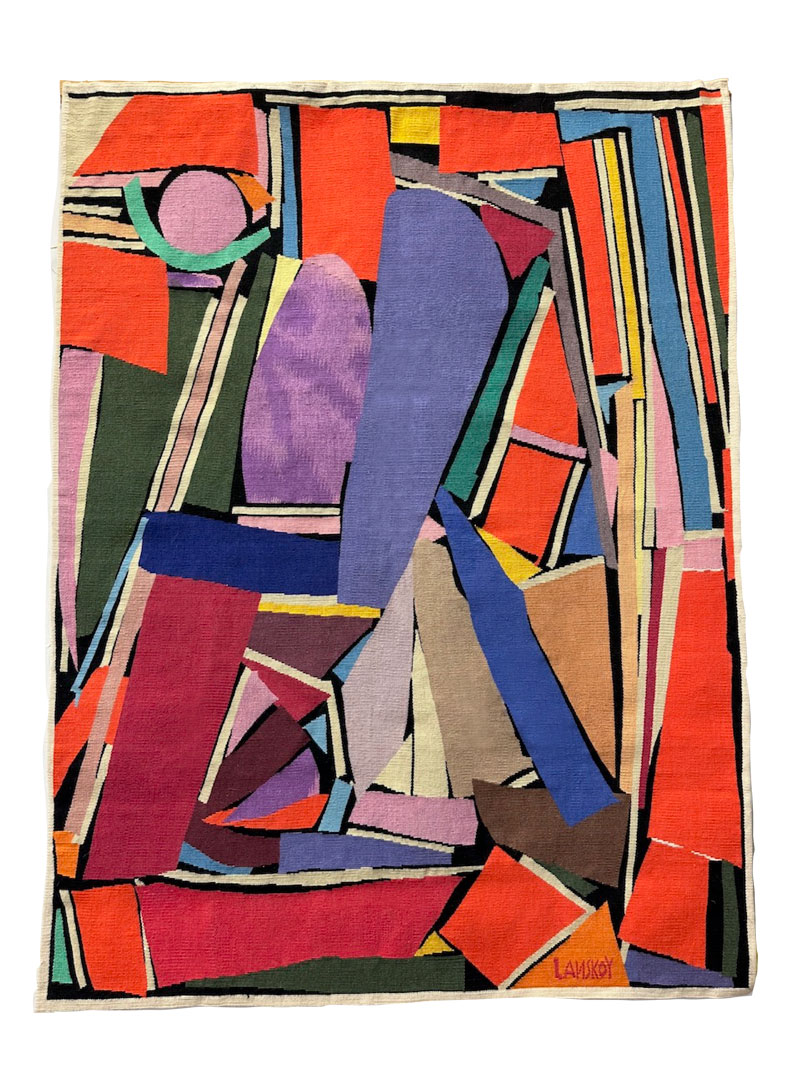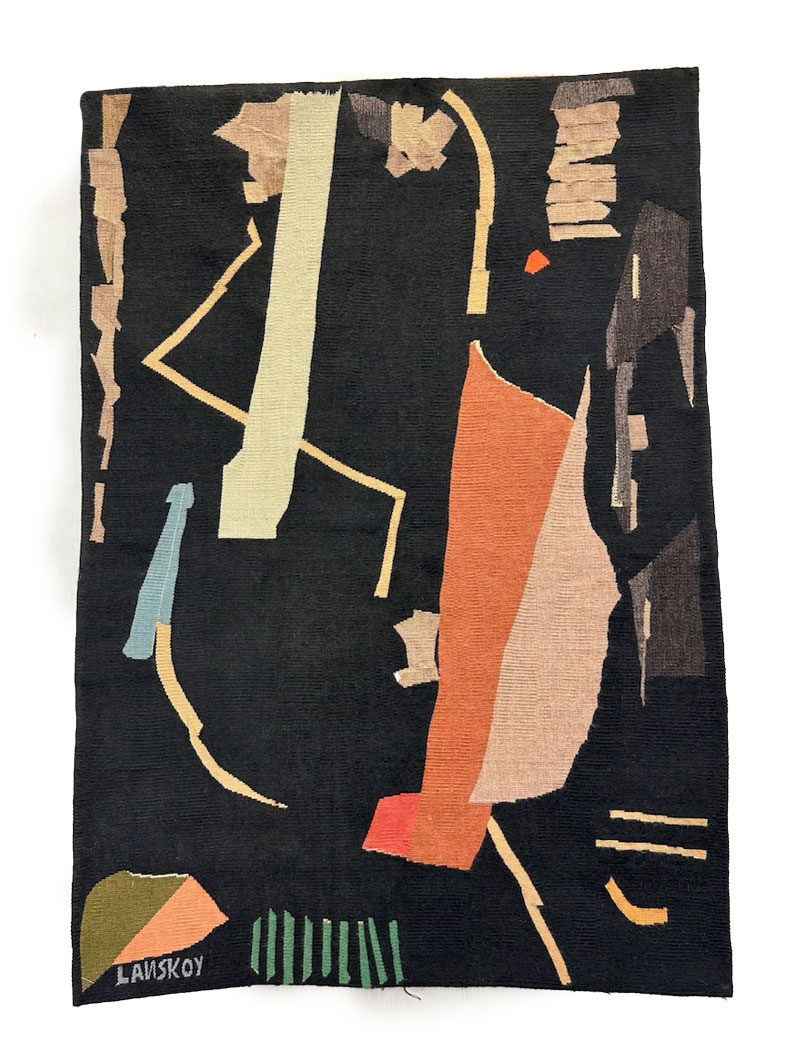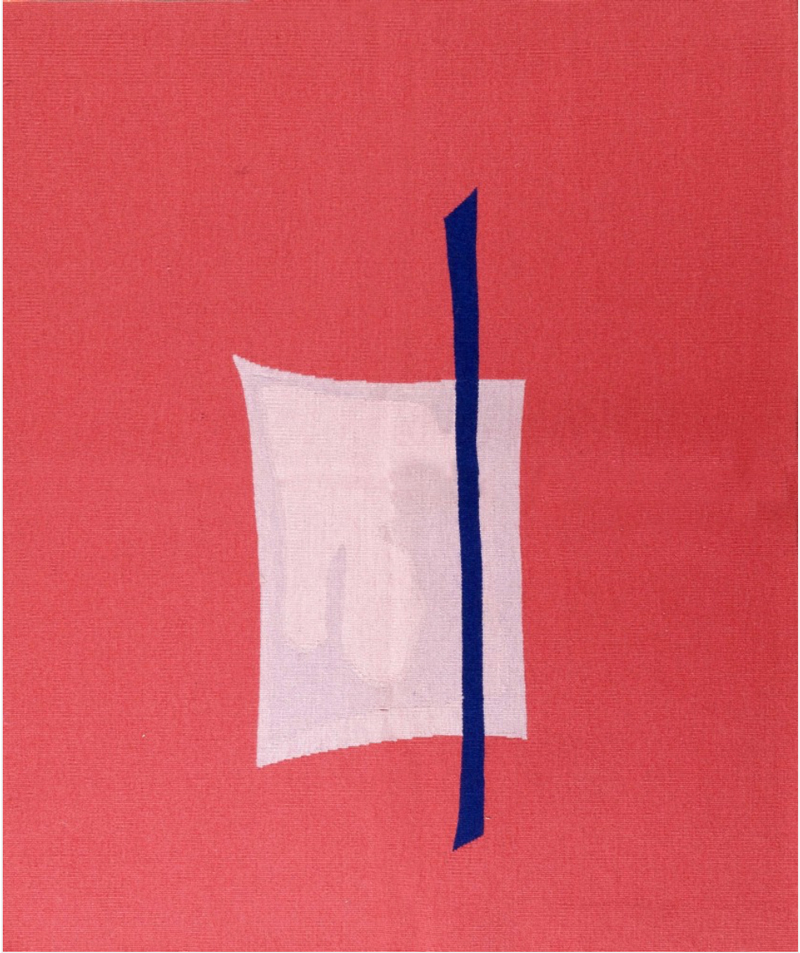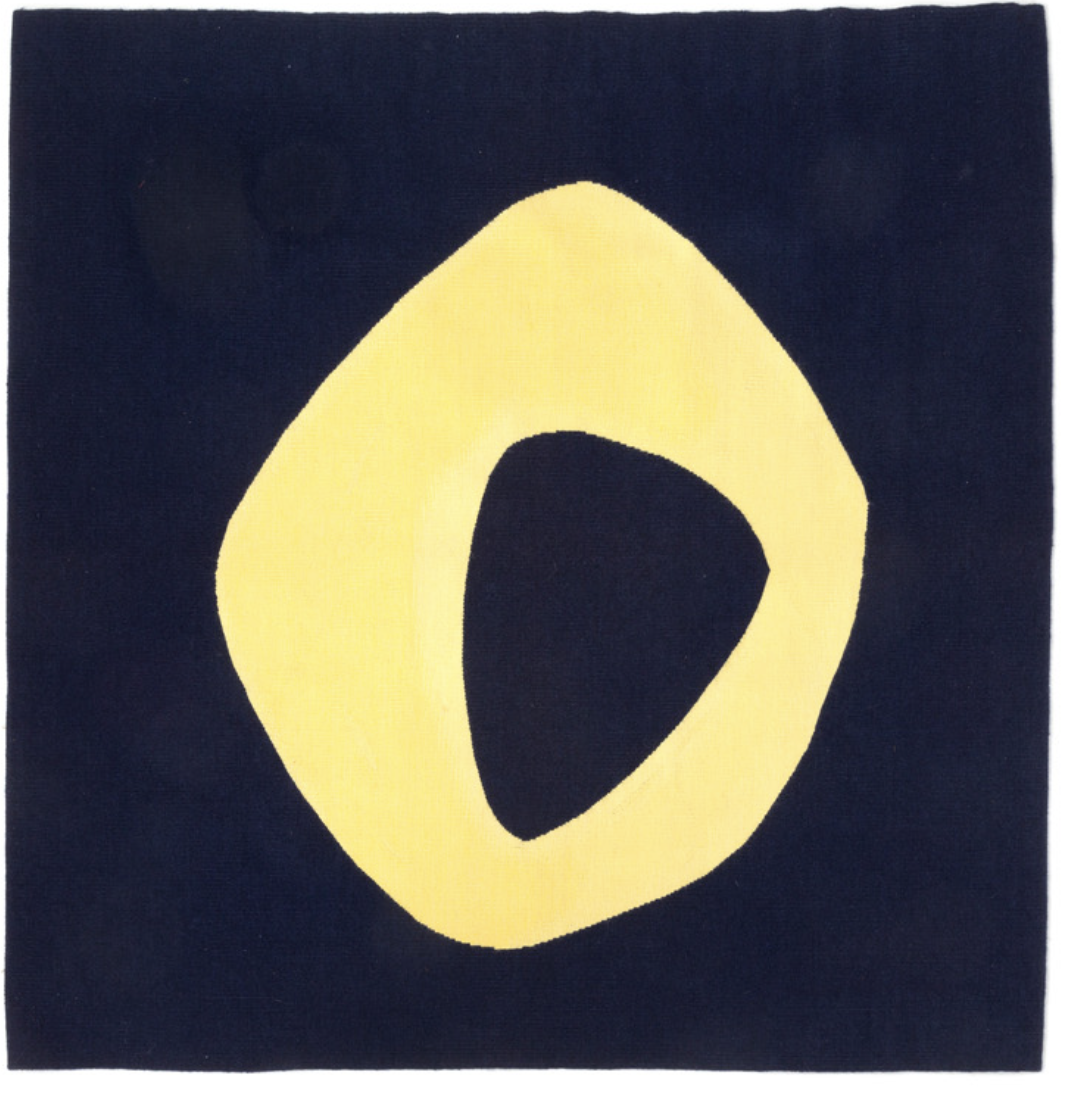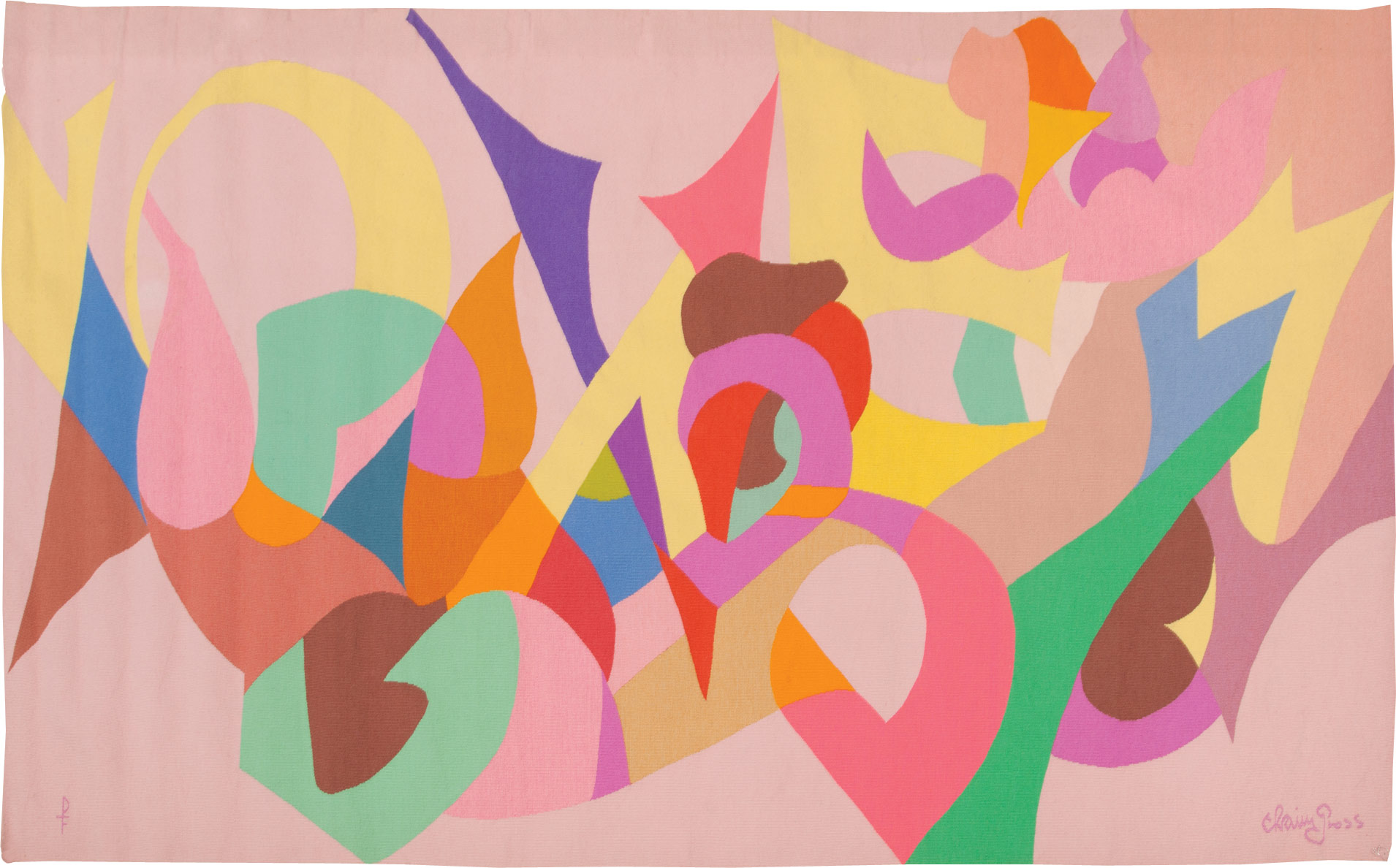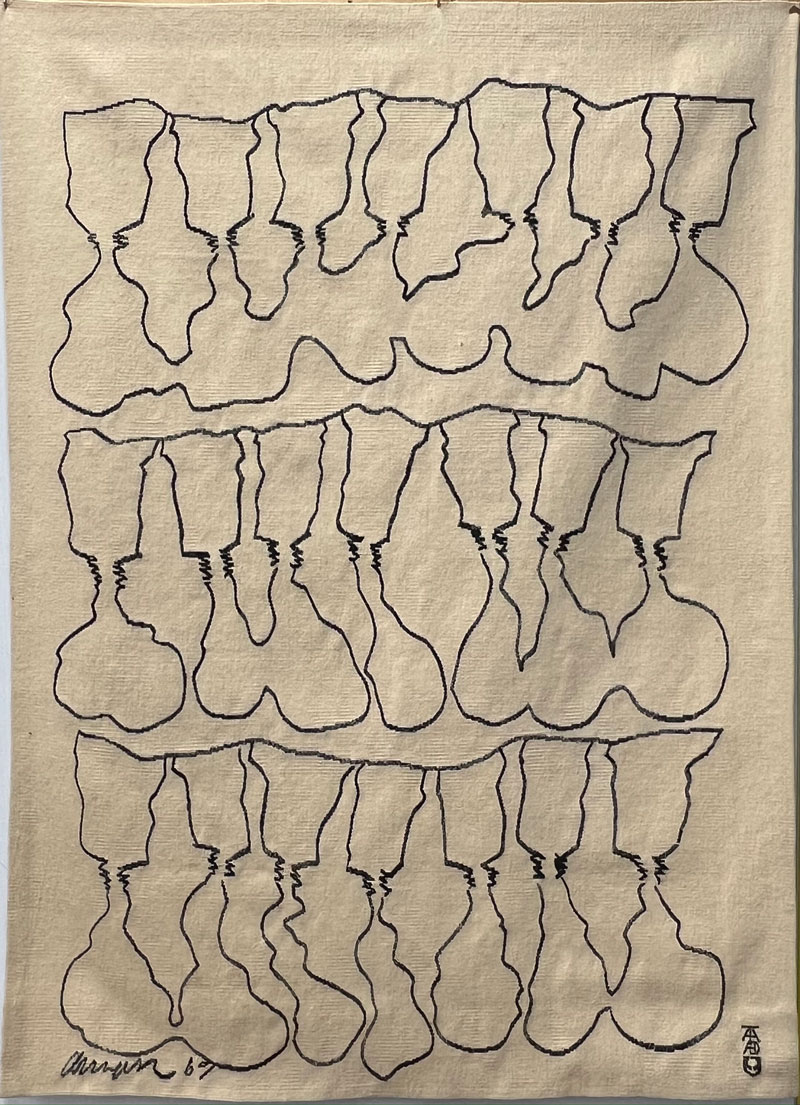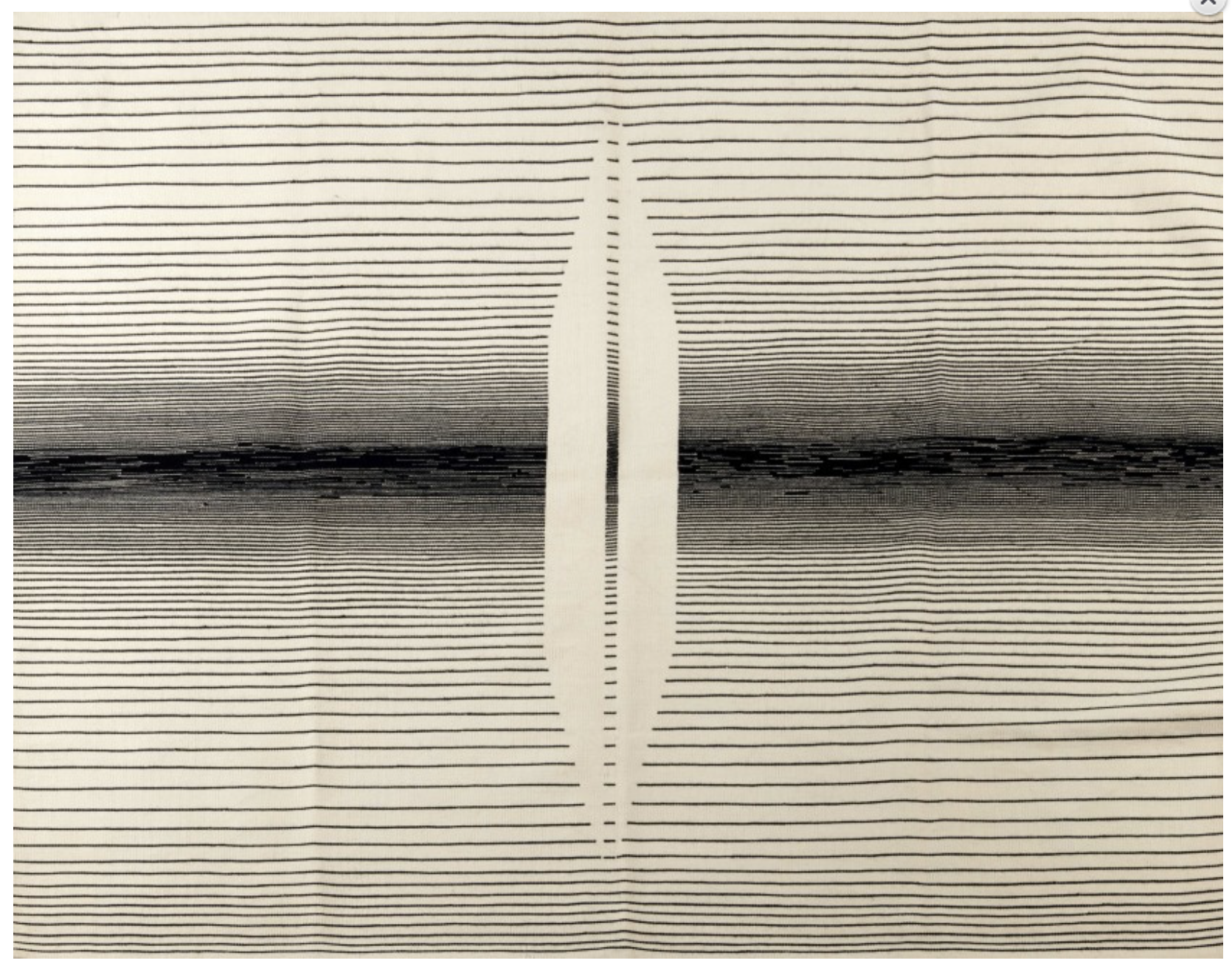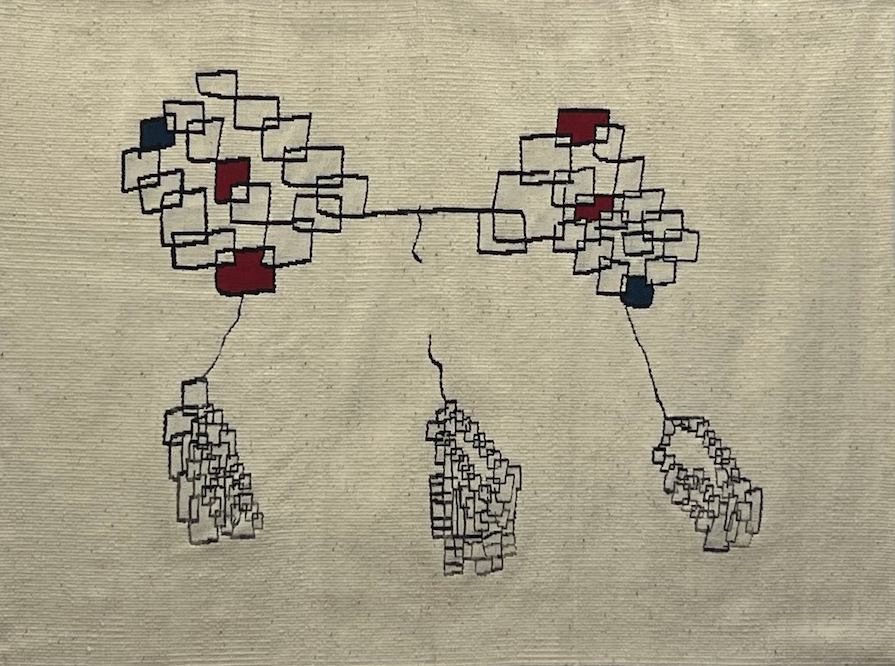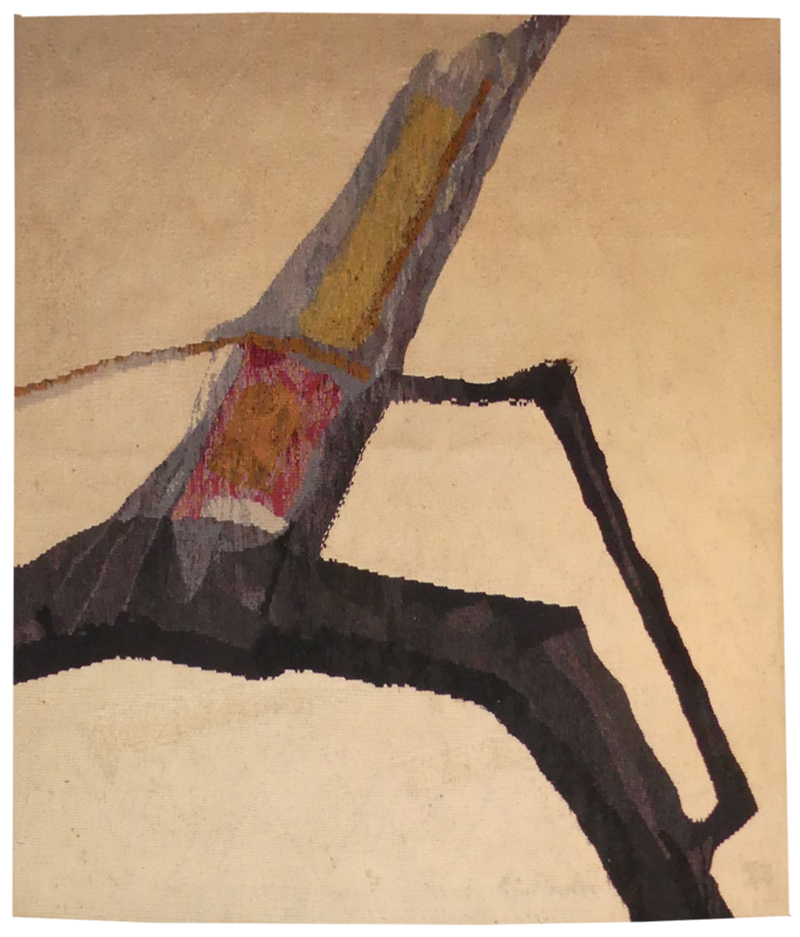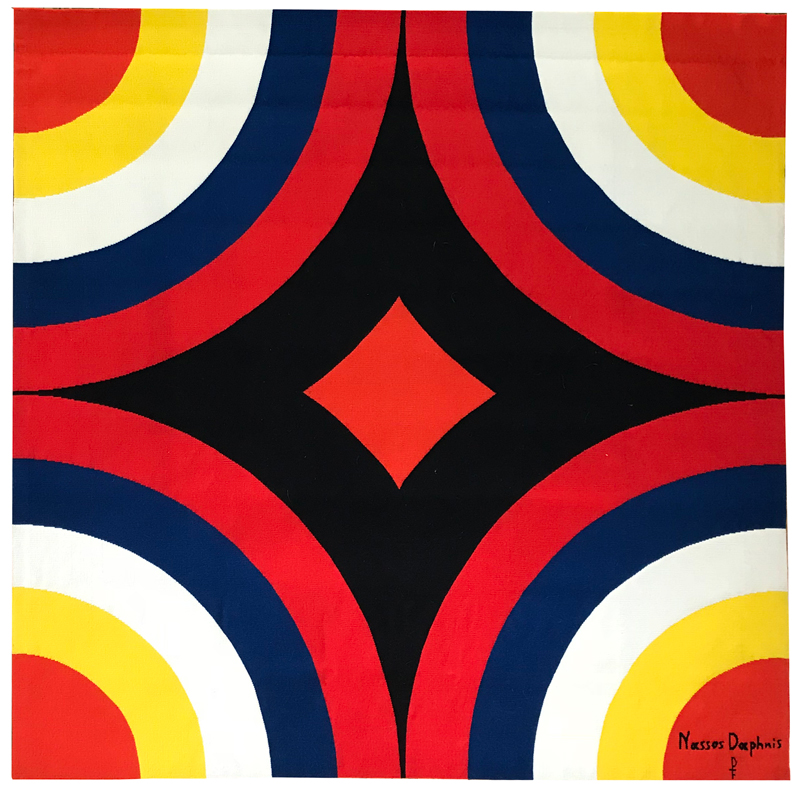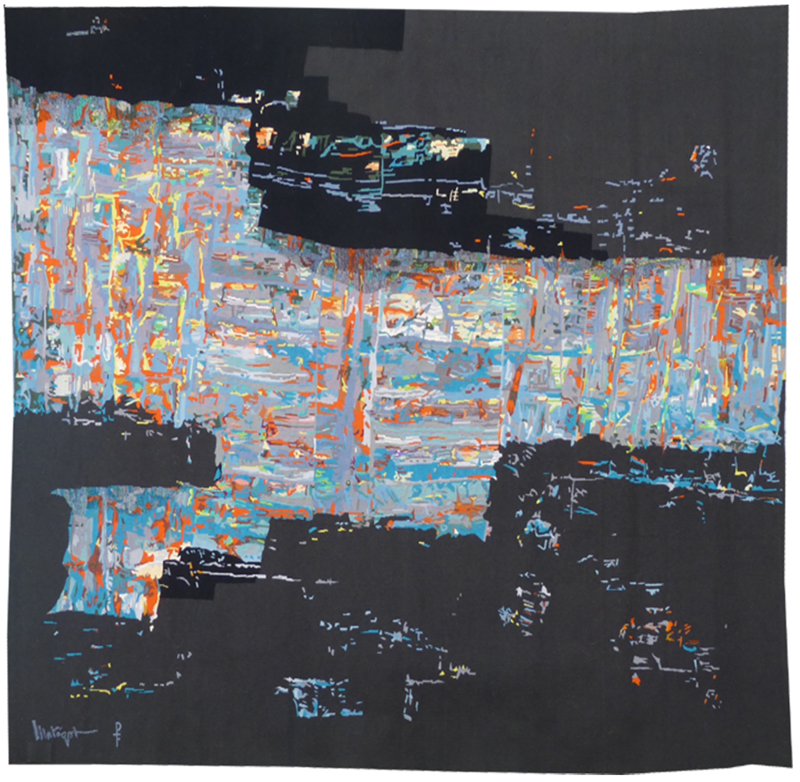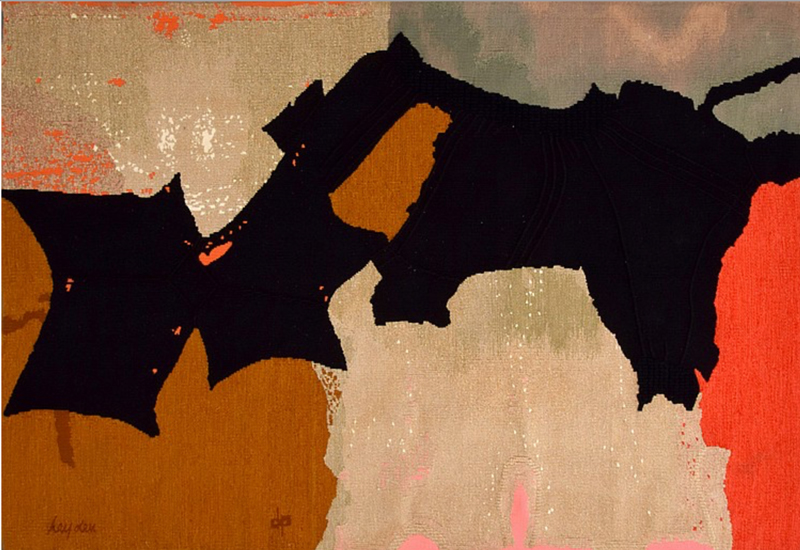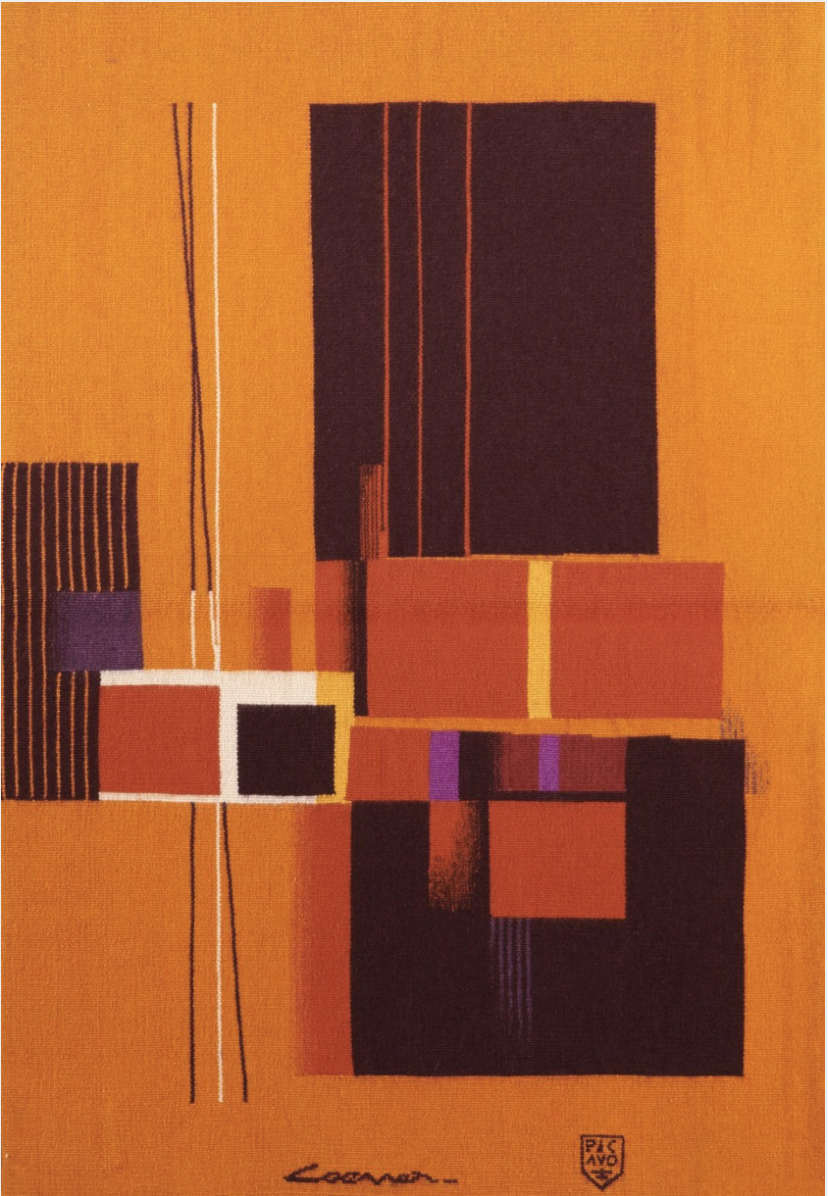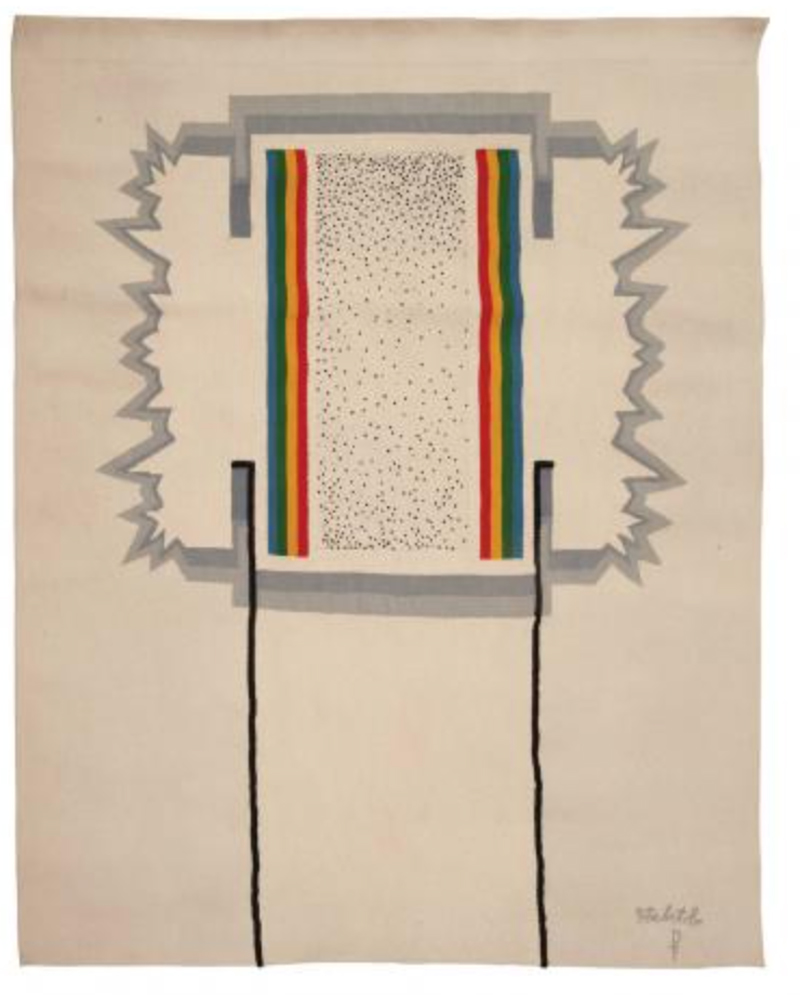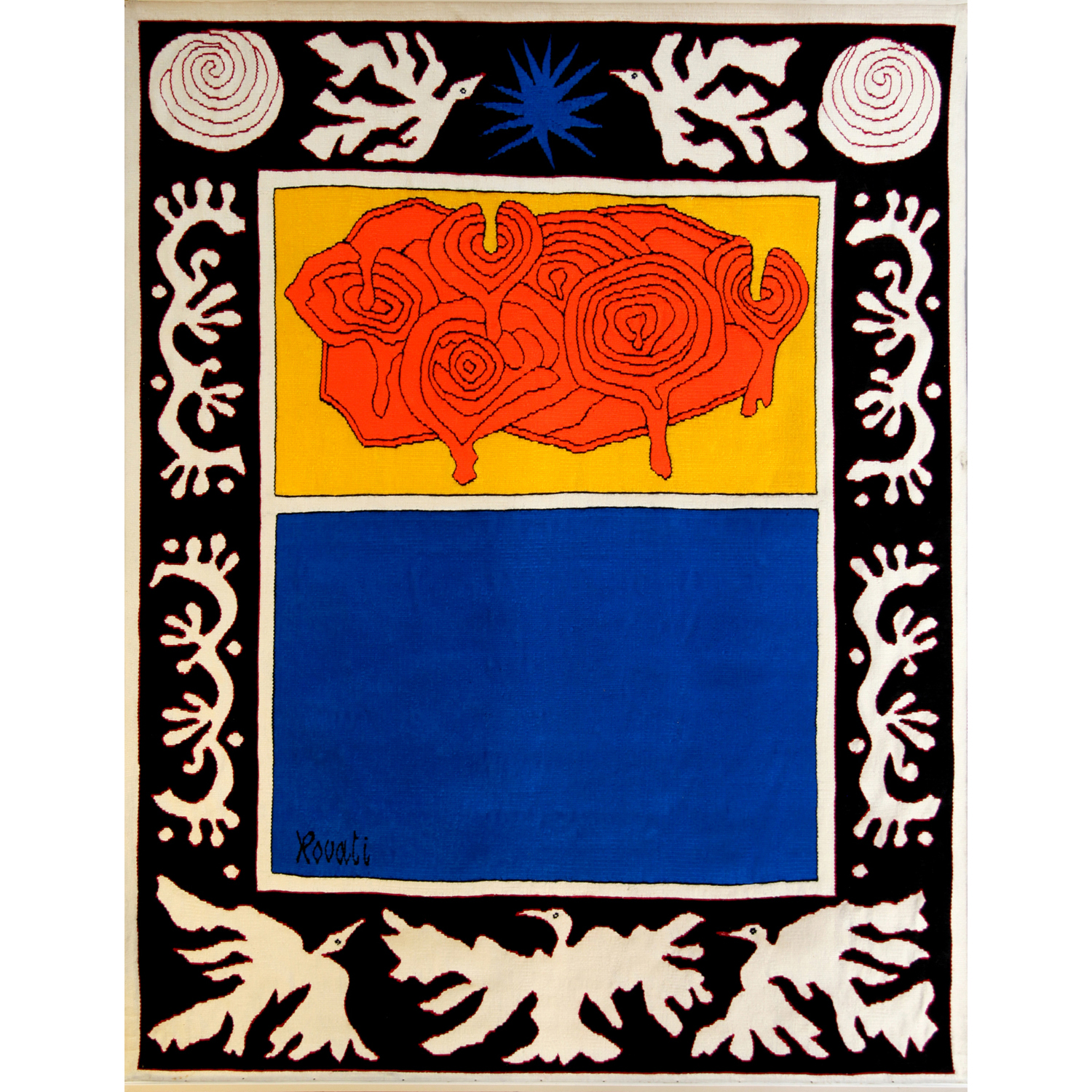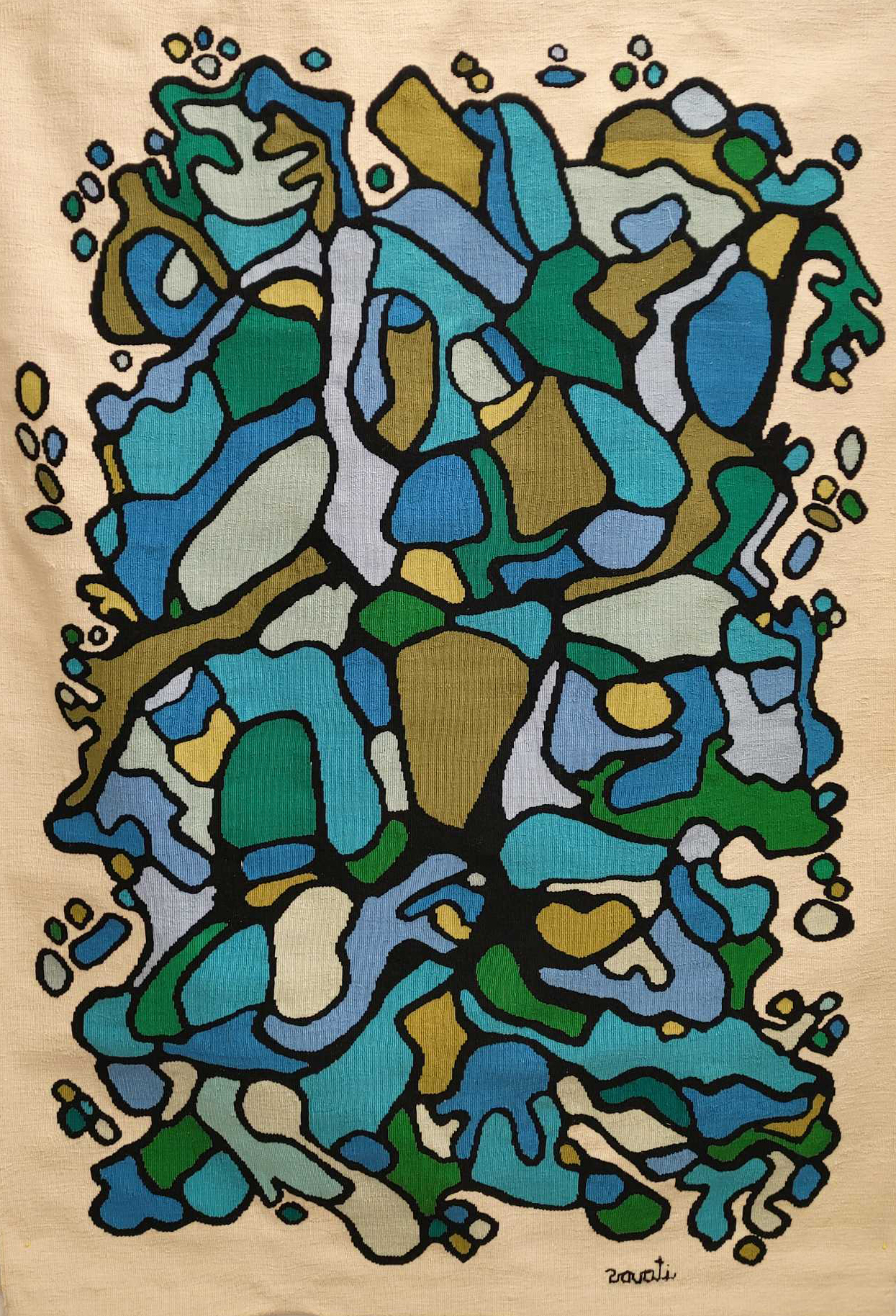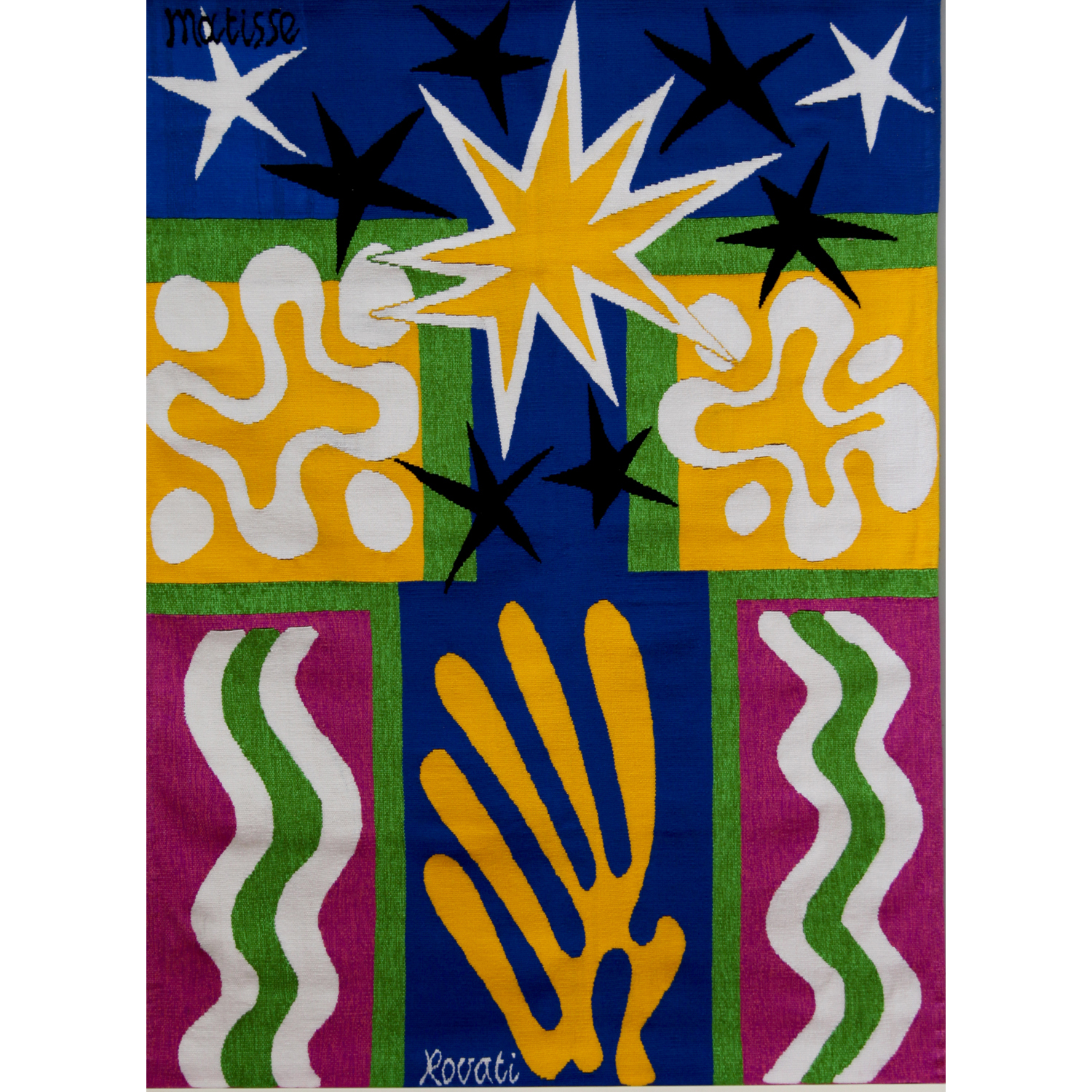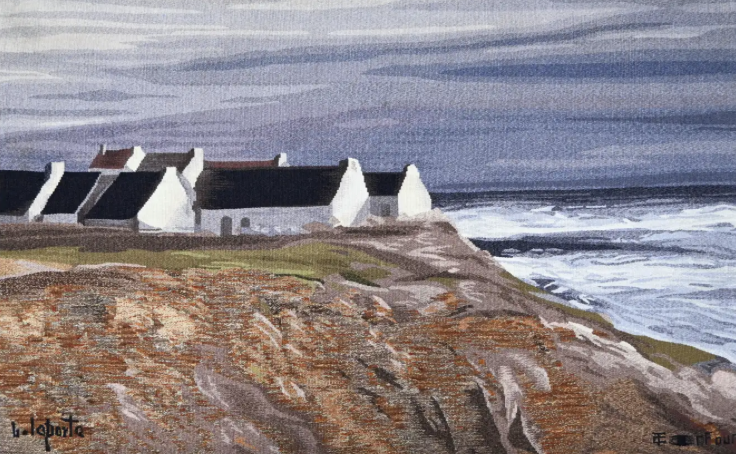Tapestry
Yes, Tapestries have been around since before the time of Homer. Who were the geniuses who envisioned artistic beauty through the weaving of warp and waft?
Throughout time, great artists have often used the art of the loom. The great painter Raphael was commissioned by Pope Leo X (along with Michelangelo) for the Sistine Chapel; Michelangelo for the ceiling and Raphael for the lower walls. Michelangelo chose the solitary work of painting. Raphael chose the collaborative work of covering the walls with tapestries. History repeated itself in the 20th century.
Just as Picasso had turned to Vallauris in the south of France to collaborate on his ceramics, artists from all over France and the world came to Aubusson to collaborate on this rediscovered medium. The scale and portability of these woven works solidifies the relationship between this art and surrounding architecture. Picasso, Matisse, Miro, Lèger, Kline, and Rothko are just a few major artists who have embraced this incredibly complex and meticulous medium.
It is important to know that tapestries are not really a recreative art. The artisan weaver has no free will when weaving the artist’s vision. It does take the weaver’s virtuosity to make it live. Like the bronze foundry or the printmaker, it is the artist’s work brought to life by the dexterity of another. Forgeries or fakes are an impossibility. By law, these editions are limited to no more than 6 examples. Each work is signed and numbered. Because of their incredible cost to produce and the waning number of artisans, these pieces are rare indeed.
On a personal note, I have been in love with this art form since I first experienced them in the 60’s. I hope you will see the power, grace and beauty of these works.
John Himmel

